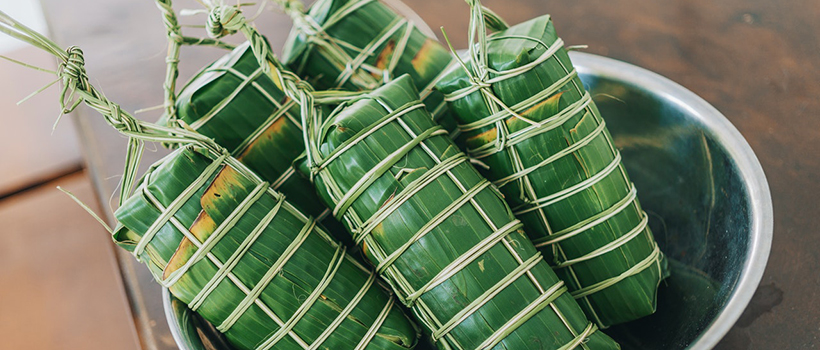
Alternative and novel packaging: 4 key considerations
11 February 2022 | Lynneric Potter, Food Packaging Technical Lead
The pressures to reduce the environmental impact of packaging, comply with regulations around single-use packaging, and satisfy consumer preferences offer significant growth opportunities for the use of new recyclable and novel materials.
When we think about new packaging, it is important to consider the material, environment, and product. What are the key considerations with the use of these alternatives?
Here are our top 4 considerations which need to be evaluated before an alternative or novel packaging hits the market:
- Material and product shelf-life: The use of alternative packaging materials should not create food waste. As a consequence, it is vital to initiate a study to establish shelf life and to understand how novel materials react to different food characteristics and environments.
- Compliance with relevant regulations: The material needs to meet the requirements of the relevant regulations in the countries where the product will be sold. At the moment, this can be difficult due to the lack of regulations for novel materials.
- Material performance: Does the alternative or novel packaging perform the same or better than its original
counterpart? Considerations should include:
- Its ability to act as a suitable barrier to food
- Its performance in the presence of grease and moisture
- Its resistance to heating, chilling and freezing
- How processing and transporting will influence its strength and integrity
- Whether the material can withstand decontamination or repetitive washing
- Whether the material is susceptible to microbial persistence
- Whether the material is environmentally sustainable
- Consumer perception: When all is said and done, the consumer is the one that can make or break a product. As well as thinking about taint and sensory challenges, it is good to bear in mind the experience of handling the packaging, its openability, its appearance, its novelty, and the ease of recycling. It’s also important to get early support from a large group of consumers for any novel or alternative packaging material.
How can we help?
Packaging experts at Campden BRI know that it is important to consider how a material will perform under different circumstances. Having your food packaging assessed by us will provide you with valuable insight into understanding and mitigating potential novel and alternative packaging issues that will enhance your brand protection and consumer safety.
We can help you with:
- Assessing material strength by using puncture and elongation test methods, while analysing the co-efficient of friction to help understand how the material will run on the line
- Evaluate the on-the-go functionality of materials by analysing its ease of handling, its ability to be repeatedly washed and reheated, and its capacity to keep food warm
- Looking at grease and moisture resistance and repellence, barrier testing, as well as taint assessment to ensure that user experience standards are maintained
- Ensuring that materials are safe for use in relation to food contact and the persistence and decontamination of biological agents, such as, Campylobacter, Clostridium, E. coli, Listeria, Salmonella, Shigella, Cryptosporidium, Giardia, and viruses like Norovirus
- Exposure of materials to different environments and processes including sterilisation and pasteurisation; chilled and frozen temperatures; oven cooking, and microwave cooking
- Regulatory support where regulations for novel materials are either lacking or not clear

About Lynneric Potter
Lynneric has worked at Campden BRI since 1999, and has spent the majority of this time specialising in all things packaging, including supporting members and clients, managing contract projects, and conducting research.
Packaging services
Find out more about our packaging services and ways we can help you.
How can we help you?
Contact us to discuss your innovative solutions and to discuss the possible impacts of using alternatives to single-use plastics for a range of applications.







